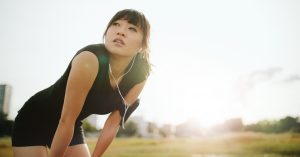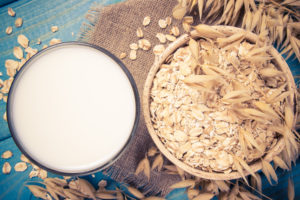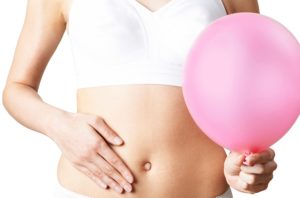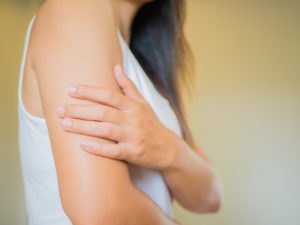 Muscle soreness after working out or delayed onset muscle soreness (DOMS) often occurs as a result of doing new, repetitive, or intense exercises our bodies may not be accustomed to.
Muscle soreness after working out or delayed onset muscle soreness (DOMS) often occurs as a result of doing new, repetitive, or intense exercises our bodies may not be accustomed to.
During strenuous or new exercises, our muscles are often forced to work harder, this may cause tiny tears in muscle fibers and inflammation. According to the American College of Sports Medicine, delayed onset muscle soreness appears to be a side effect of the repair process that develops in response to this muscle damage. In other words, normal muscle soreness is a part of muscle growth.
Delayed onset muscle soreness typically begins within 12-24 hours after exercise, and everyone is susceptible to developing it, even those who exercise routinely. While DOMS is normal, it is important to pay attention to the severity and duration of symptoms following your workout and respond accordingly.
In moderate to mild cases of DOMS, in which soreness usually lasts three to five days, it is recommended that you participate in light exercises such as walking or stretching. This will help to keep blood flowing and loosen muscles. It is also advised that you exercise other parts of the body to give sore muscles a chance to recover.
In severe cases where pain lasts longer than a few days, is unbearable, or prevents you from moving the affected part of the body, it is recommended that you see a doctor right away. These symptoms can be indicative of serious muscle injury that can potentially lead to kidney damage. Additional warning signs you should look out for include bruising and swelling of the affected limbs or dark-colored urine.
Delayed onset muscle soreness can be prevented by progressing slowly into a new exercise routine, not repeating the same exercise every day, warming up before exercising, and stretching after.
Exercise and strength training can improve your overall health and wellness. By working out safely and paying attention to the signs of your body you can avoid muscle injury and reap the benefits.
All content of this newsletter is intended for general information purposes only and is not intended or implied to be a substitute for professional medical advice, diagnosis or treatment. Please consult a medical professional before adopting any of the suggestions on this page. You must never disregard professional medical advice or delay seeking medical treatment based upon any content of this newsletter. PROMPTLY CONSULT YOUR PHYSICIAN OR CALL 911 IF YOU BELIEVE YOU HAVE A MEDICAL EMERGENCY.









